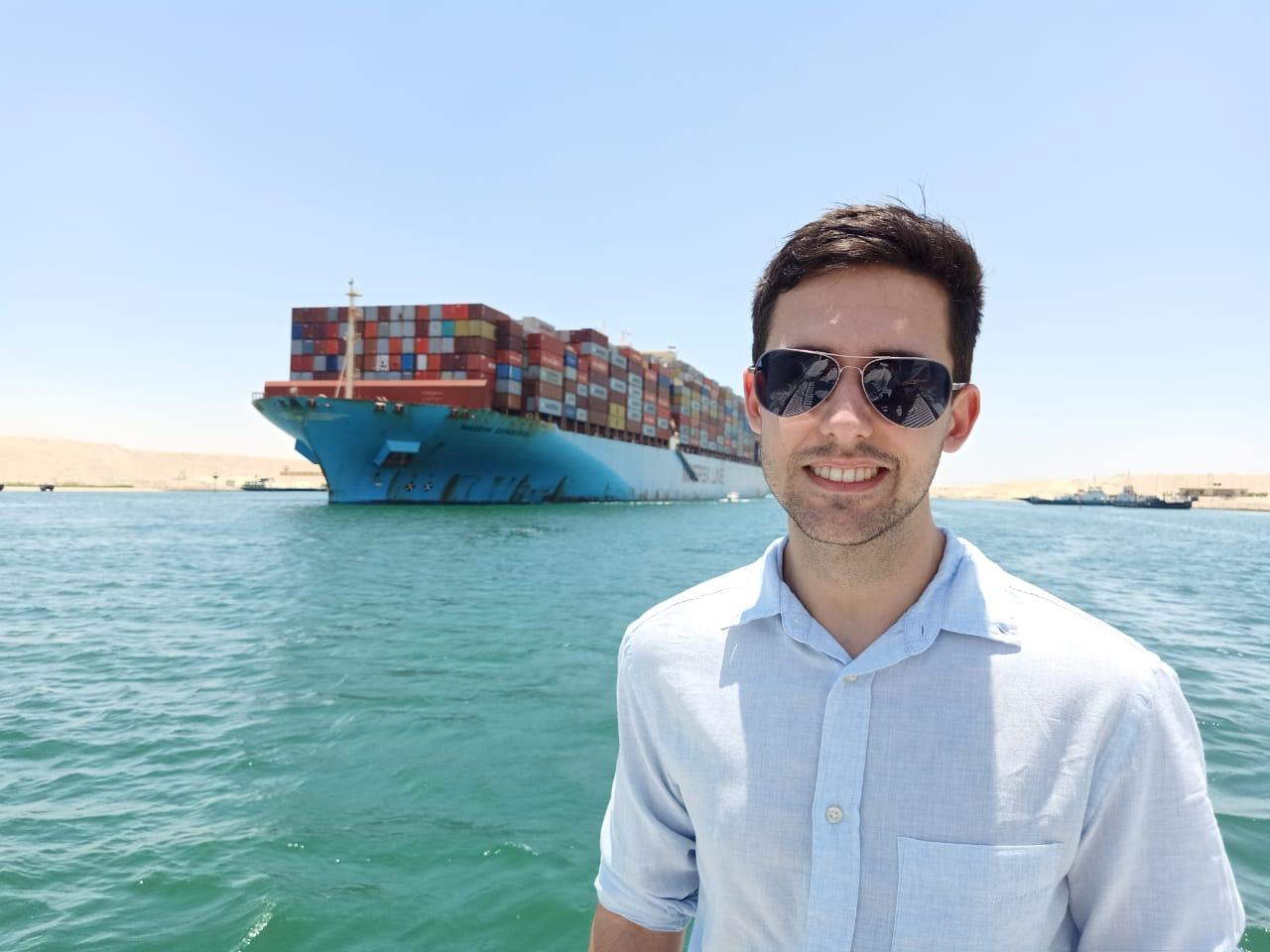Virtual Replica of a towing tank experiment to determine the Kelvin Half-angle of a ship in restricted water
Published in Journal of Marine Science and Engineering, 2020
Recommended citation: Terziev, M., Zhao, G., Tezdogan, T., Yuan, Z. and Incecik, A., 2020. Virtual Replica of a towing tank experiment to determine the Kelvin Half-angle of a ship in restricted water. _Journal of Marine Science and Engineering_, _8_(4), p.258. https://doi.org/10.3390/jmse8040258
Abstract
The numerical simulation of ship flows has evolved into a highly practical approach in naval architecture. In typical virtual towing tanks, the principle of Galilean relativity is invoked to maintain the ship as fixed, while the surrounding water is prescribed to flow past it. This assumption may be identified, at least partly, as being responsible for the wide-scale adoption of computational solutions within practitioners’ toolkits. However, it carries several assumptions, such as the levels of inlet turbulence and their effect on flow properties. This study presents an alternative virtual towing tank, where the ship is simulated to advance over a stationary fluid. To supplement the present work, the free surface disturbance is processed into Fourier space to determine the Kelvin half-angle for an example case. The results suggest that it is possible to construct a fully unsteady virtual towing tank using the overset method, without relying on Galilean relativity. Differences between theoretical and numerical predictions for the Kelvin half-angle are predominantly attributed to the assumptions used by the theoretical method. The methods presented in this work can potentially be used to validate free-surface flows, even when one does not have access to experimental wave elevation data.
